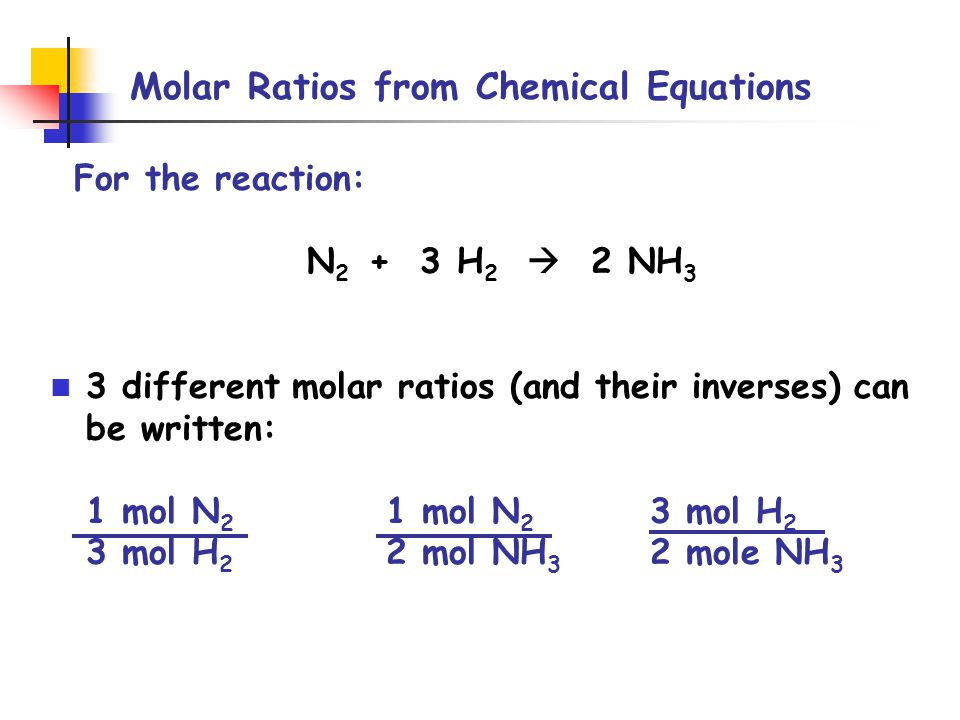
Specifically, it tells the relative amounts of reactants and products consumed or produced in a reaction. In addition to providing qualitative information about the identities and physical states of the reactants and products, a balanced chemical equation provides quantitative information. To proceed, the equation must first be balanced. If the numbers of each type of atom are different on the two sides of a chemical equation, then the equation is unbalanced, and it cannot correctly describe what happens during the reaction. In this reaction, and in most chemical reactions, bonds are broken in the reactants (here, Cr–O and N–H bonds), and new bonds are formed to create the products (here, O–H and N≡N bonds). A chemical reaction represents a change in the distribution of atoms but not in the number of atoms. What is different on each side of the equation is how the atoms are arranged to make molecules or ions. Equation 3.9 and Equation 3.10 are balanced chemical equations. In a balanced chemical equation, both the numbers of each type of atom and the total charge are the same on both sides. (For more information on the law of conservation of mass, see Section 1.4 "A Brief History of Chemistry".) As illustrated in Figure 3.7 "An Ammonium Dichromate Volcano: Change during a Chemical Reaction", each side has two chromium atoms, seven oxygen atoms, two nitrogen atoms, and eight hydrogen atoms. The abbreviations are (s) for solid, (l) for liquid, (g) for gas, and (aq) for an aqueous solution, a solution of the substance in water.Ĭonsistent with the law of conservation of mass, the numbers of each type of atom are the same on both sides of Equation 3.9 and Equation 3.10. An arrow points from the reactant to the products:Įquation 3.10 (NH 4) 2Cr 2O 7(s) → Cr 2O 3(s) + N 2(g) + 4H 2O(g)Įquation 3.10 is identical to Equation 3.9 except for the addition of abbreviations in parentheses to indicate the physical state of each species. Chemical formulas and other symbols are used to indicate the starting material(s), or reactant(s) The starting material(s) in a chemical reaction., which by convention are written on the left side of the equation, and the final compound(s), or product(s) The final compound(s) produced in a chemical reaction., which are written on the right.


An arrow points from reactants to products., an expression that gives the identities and quantities of the substances in a chemical reaction. Chemical formulas are used to indicate the reactants on the left and the products on the right. We can describe this reaction with a chemical equation An expression that gives the identities and quantities of the substances in a chemical reaction.


Heat, light, and gas are produced as a large pile of fluffy green chromium(III) oxide forms.


 0 kommentar(er)
0 kommentar(er)
